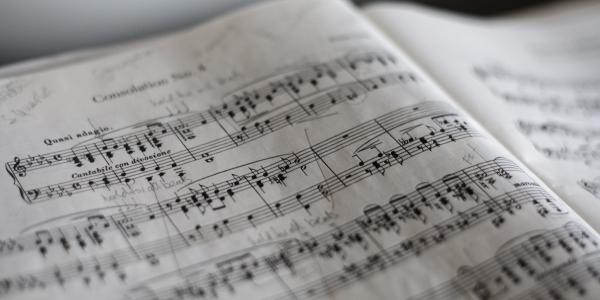
Faculty Publications & Premieres
the faculty bookshelf
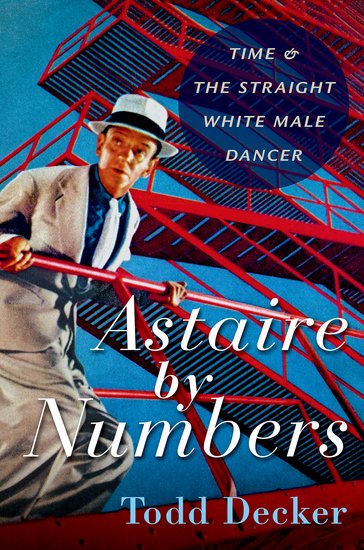
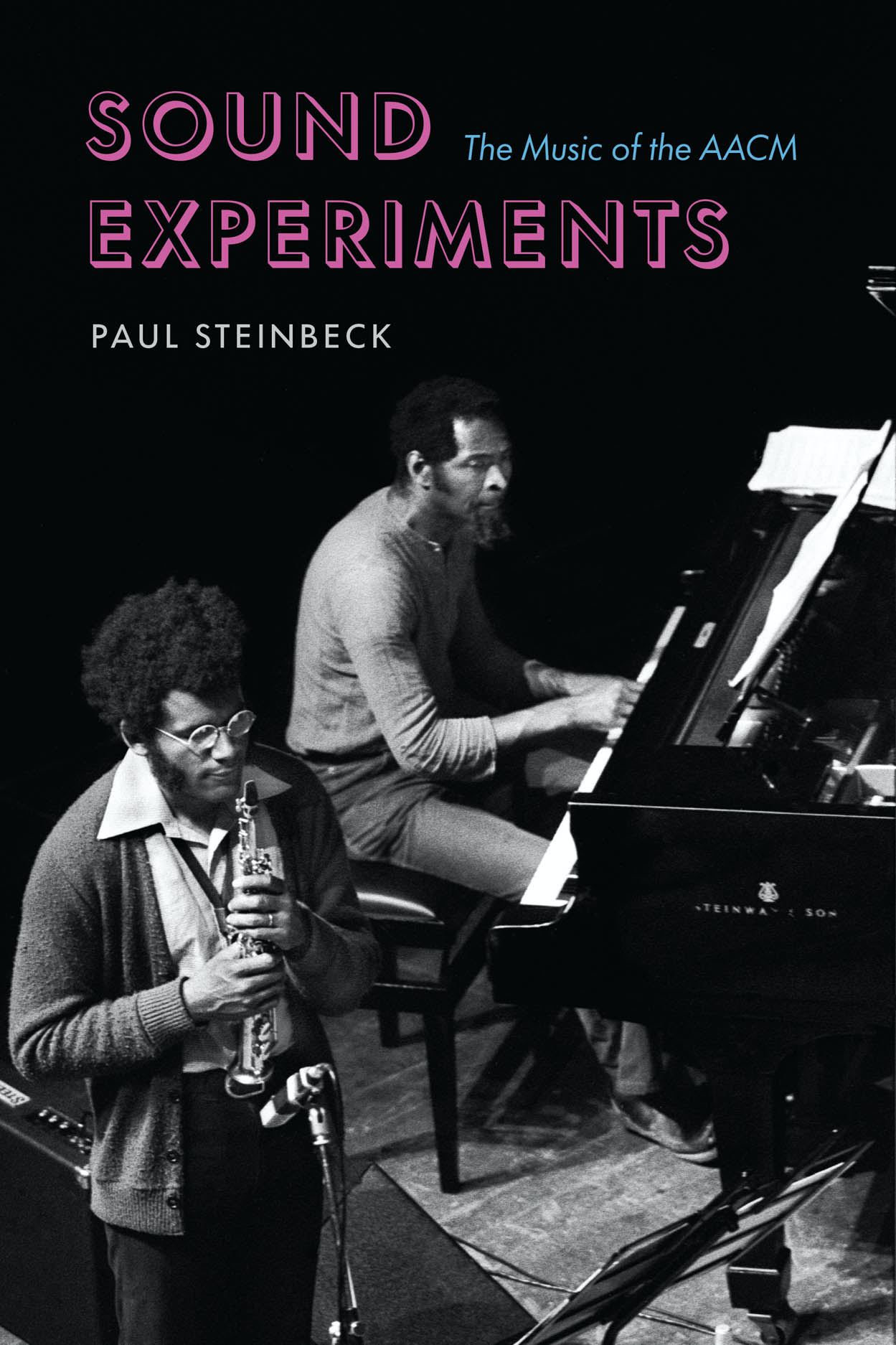
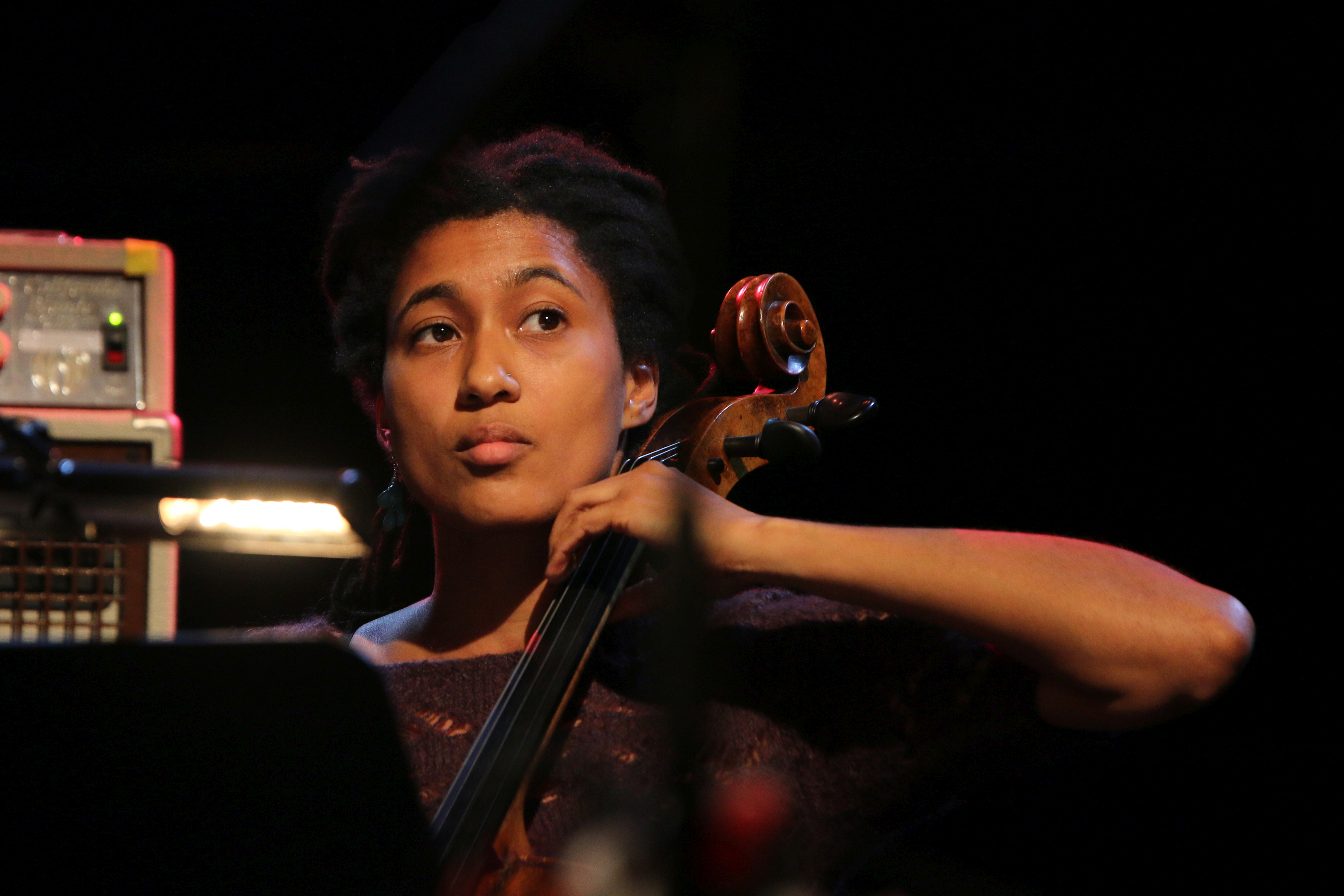
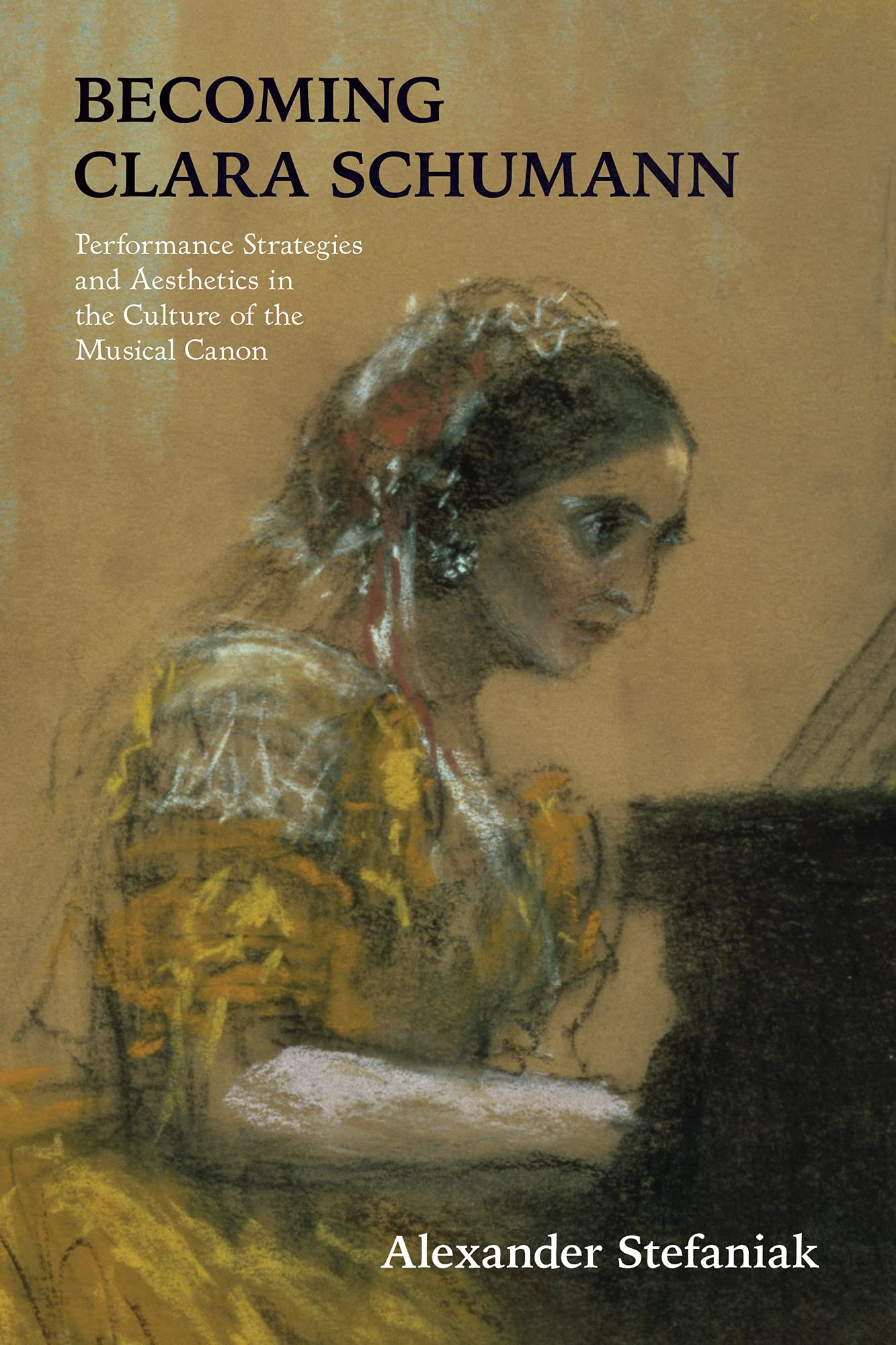

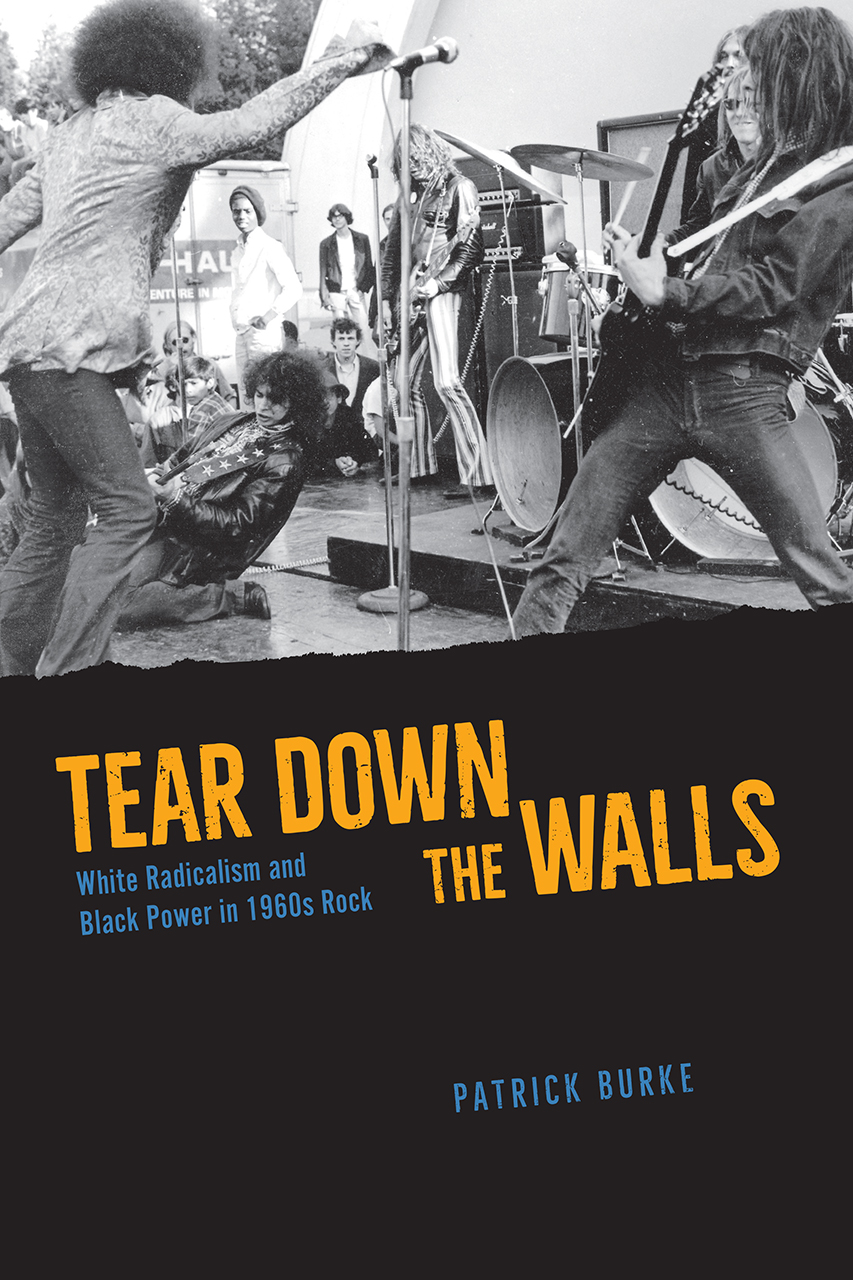

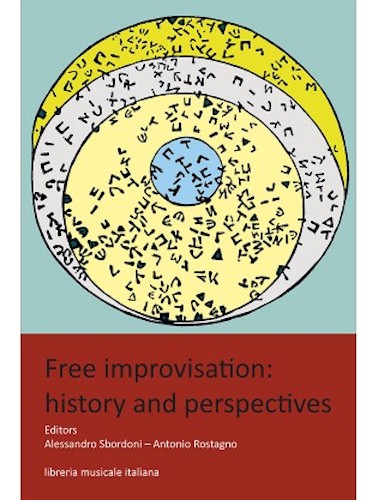
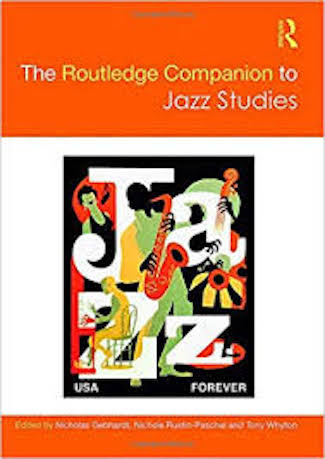
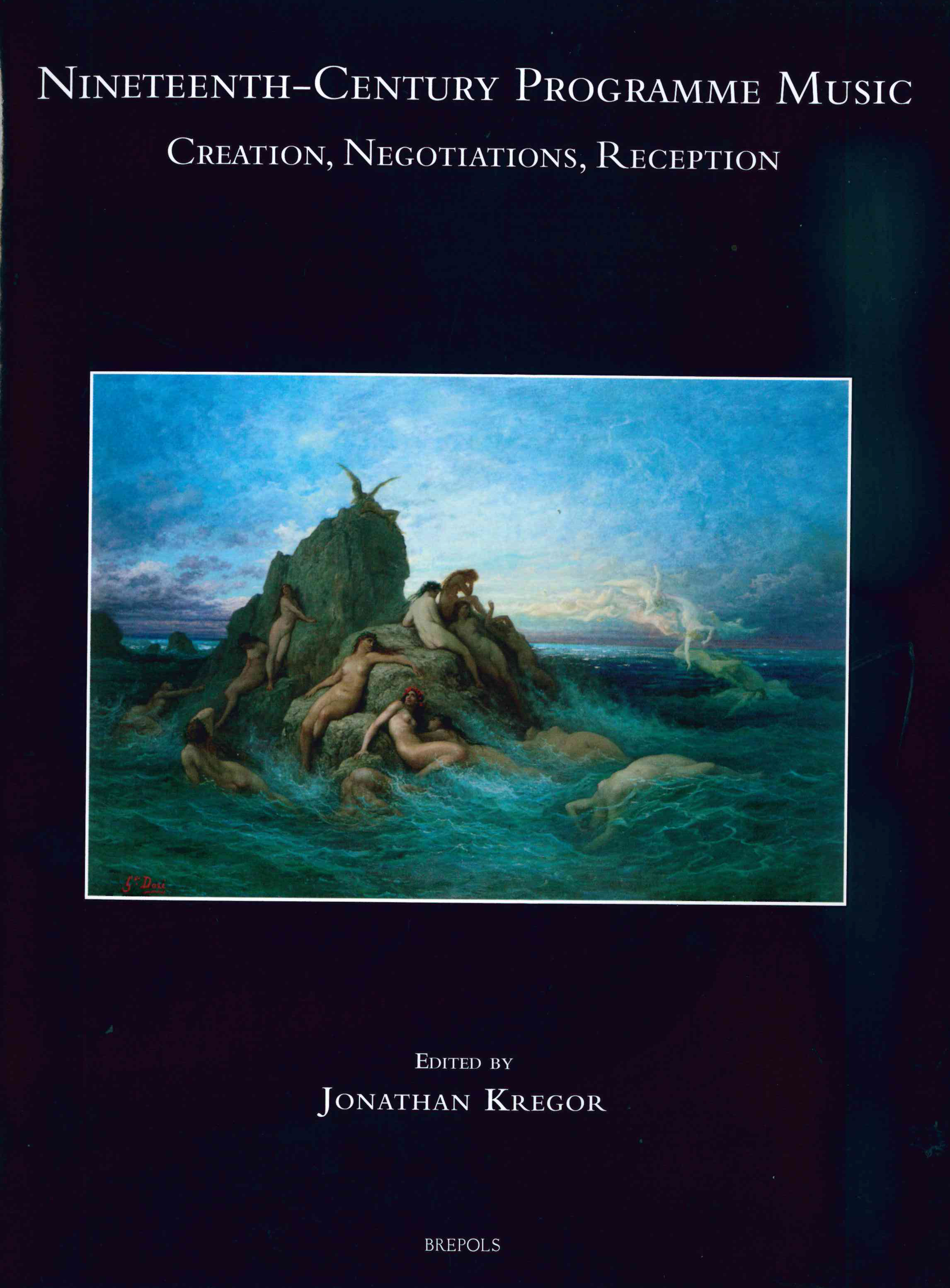
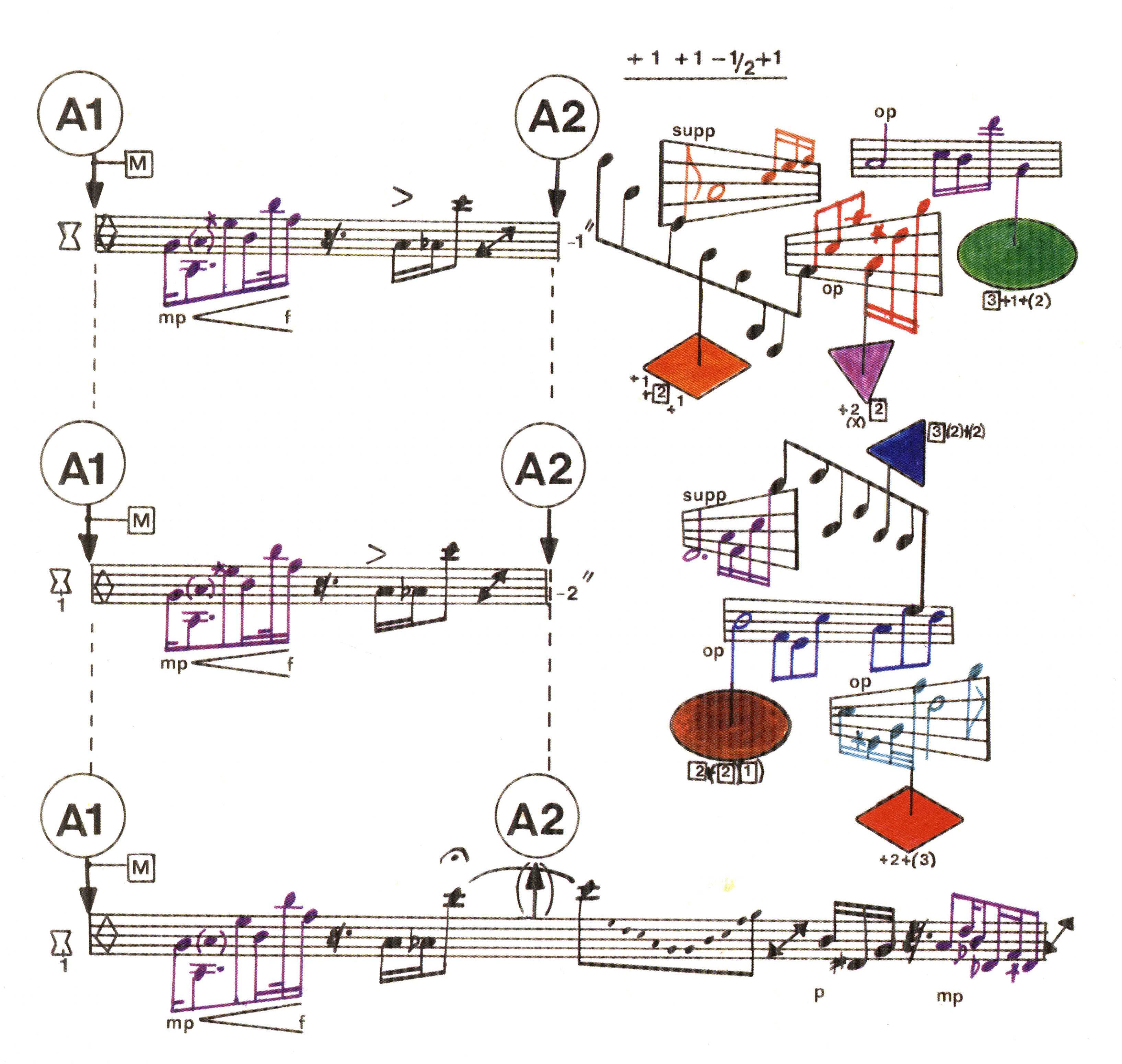
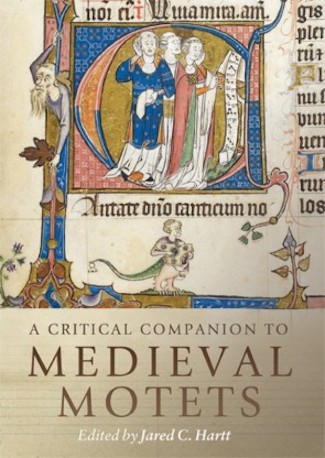
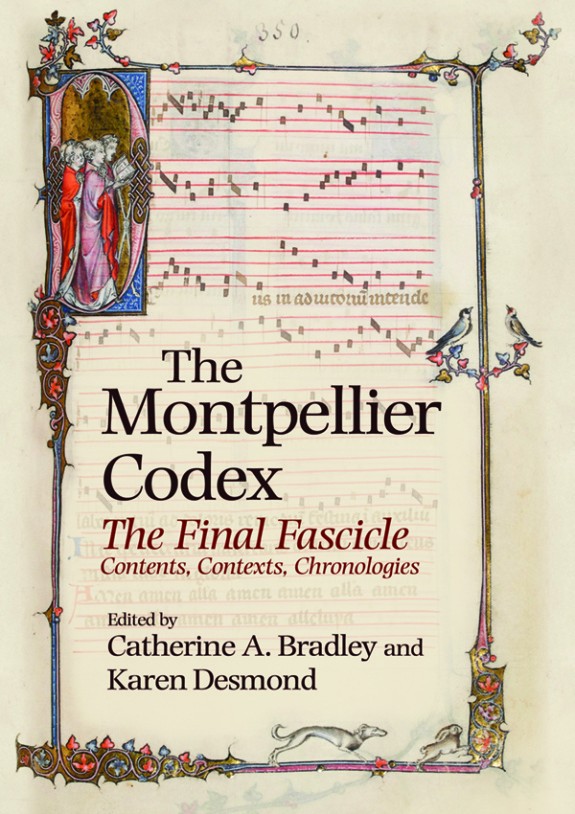
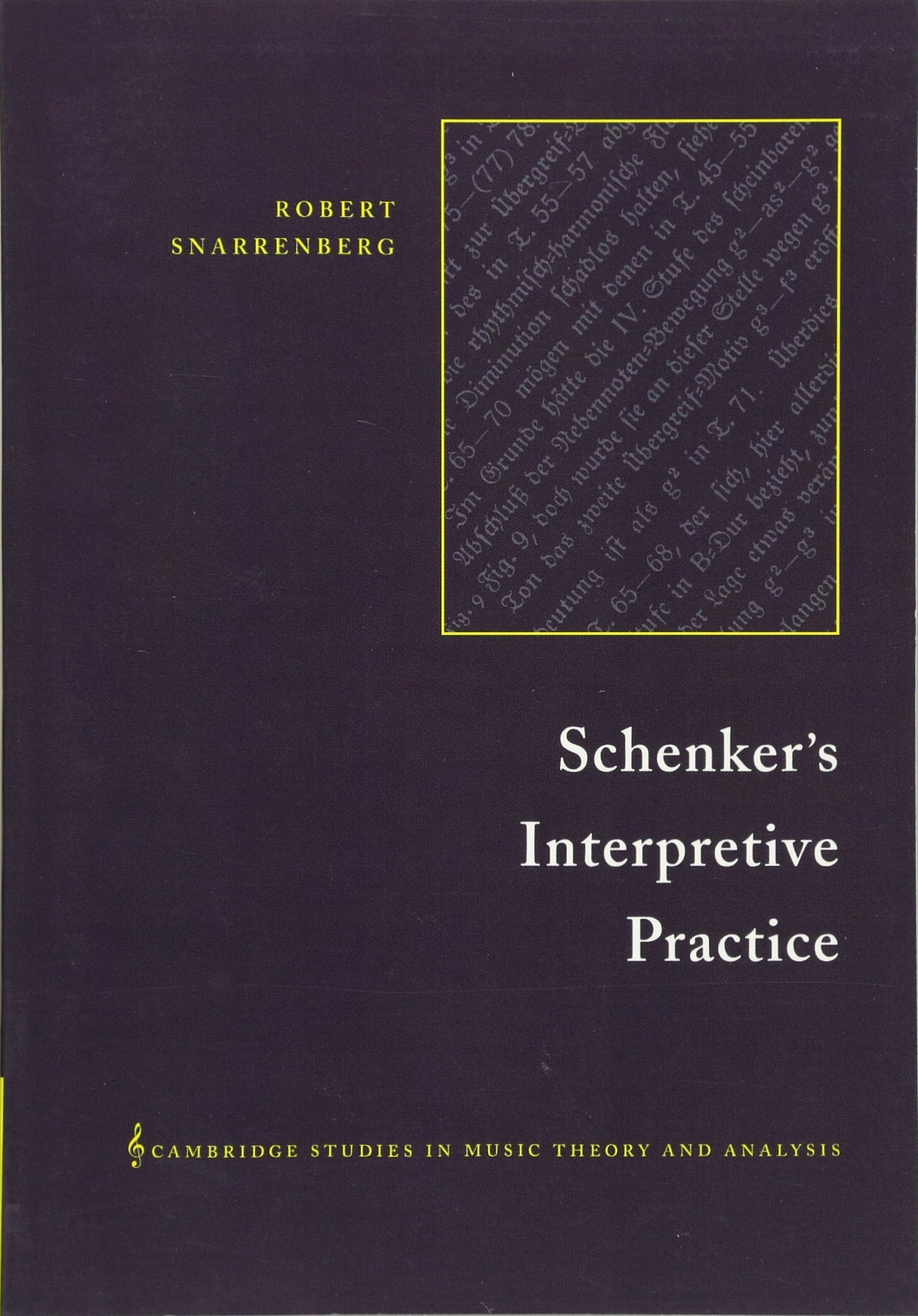
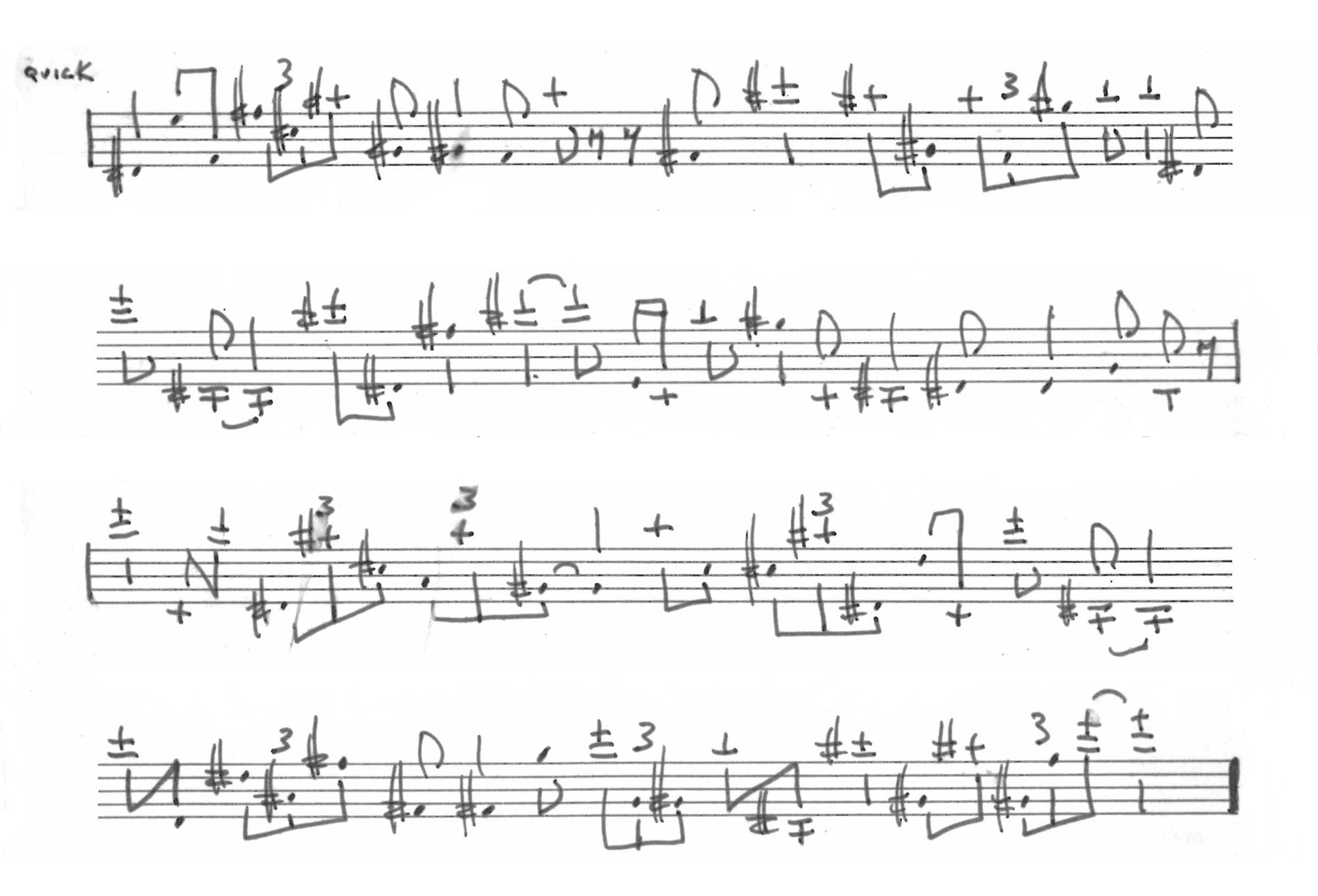
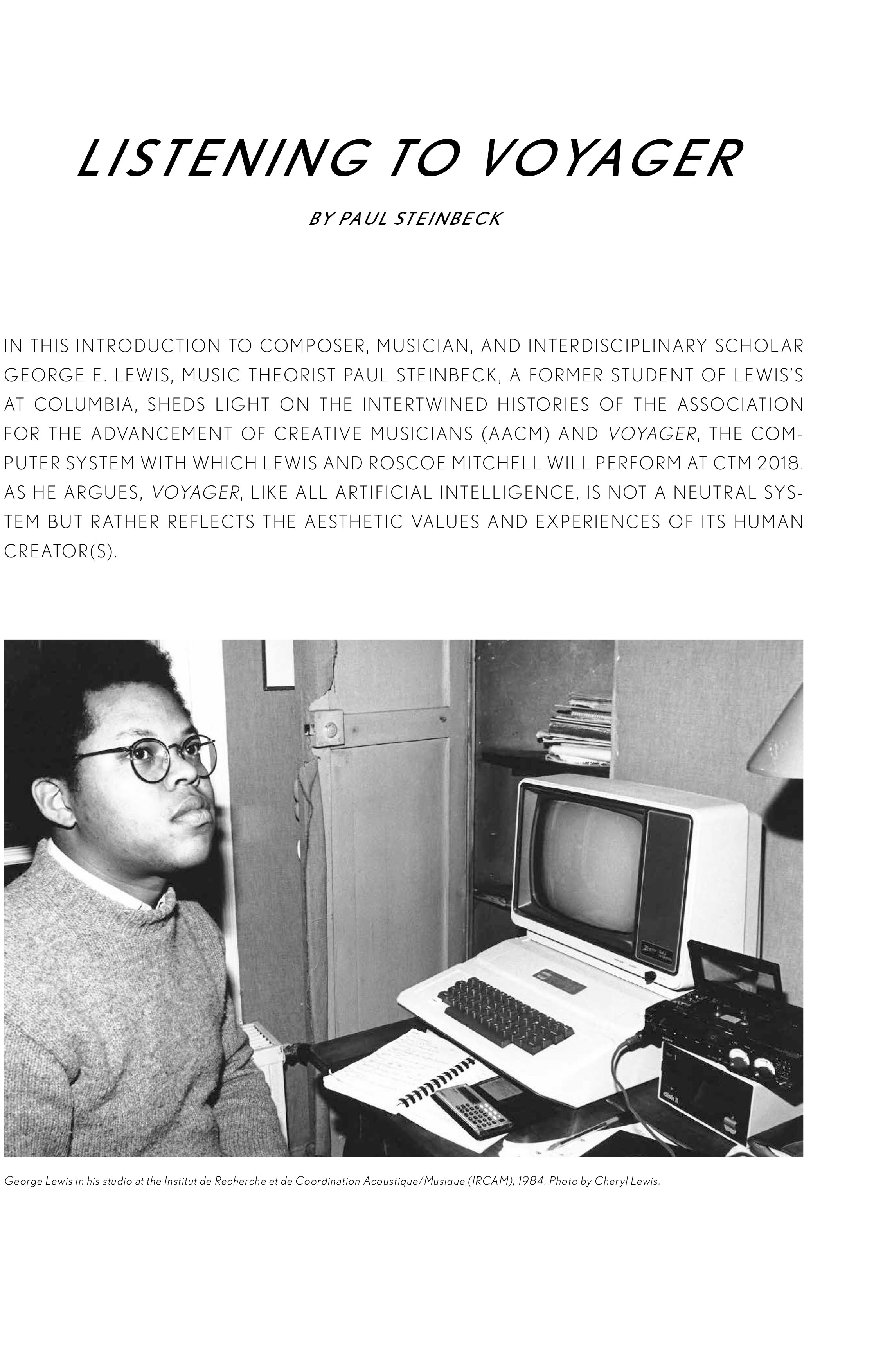
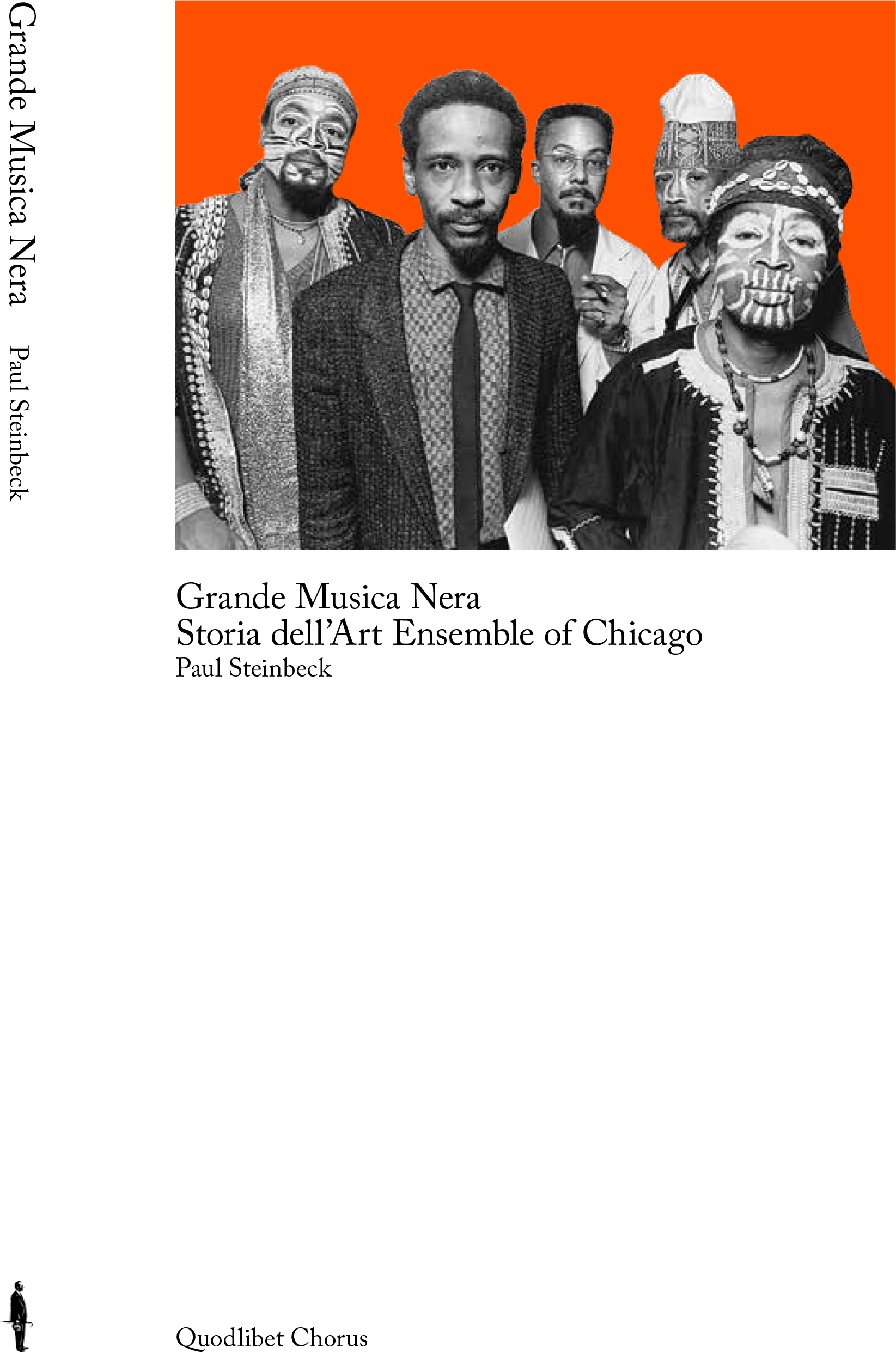
Astaire by Numbers: Time & the Straight White Male Dancer
Astaire by Numbers looks at every second of dancing Fred Astaire committed to film in the studio era--all six hours, thirty-four minutes, and fifty seconds. Using a quantitative digital humanities approach, as well as previously untapped production records, author Todd Decker takes the reader onto the set and into the rehearsal halls and editing rooms where Astaire created his seemingly perfect film dances. Watching closely in this way reveals how Astaire used the technically sophisticated resources of the Hollywood film making machine to craft a singular career in mass entertainment as a straight white man who danced.
Decker dissects Astaire's work at the level of the shot, the cut, and the dance step to reveal the aesthetic and practical choices that yielded Astaire's dancing figure on screen. He offers new insights into how Astaire secured his masculinity and his heterosexuality, along with a new understanding of Astaire's whiteness, which emerges in both the sheer extent of his work and the larger implications of his famous "full figure" framing of his dancing body.
Astaire by Numbers rethinks this towering straight white male figure from the ground up by digging deeply into questions of race, gender, and sexuality, ultimately offering a complete re-assessment of a twentieth-century icon of American popular culture.
Sound Experiments: The Music of the AACM
Founded on Chicago’s South Side in 1965 and still thriving today, the Association for the Advancement of Creative Musicians (AACM) is the most influential collective organization in jazz and experimental music. In Sound Experiments, Paul Steinbeck offers a sonic history of the collective, analyzing AACM artists’ best-known compositions and their farthest-reaching formal innovations. The compositions examined in Sound Experiments span the entire history of the AACM, from 1960s and 1970s works by Muhal Richard Abrams, Roscoe Mitchell, and Anthony Braxton to recent pieces by Wadada Leo Smith, Nicole Mitchell, and the Artifacts trio. Sound Experiments shows how the creators of these extraordinary works pioneered new approaches to instrumentation, notation, conducting, and technology while continually renewing the AACM’s commitment to musical experimentation.
"Present at the Creation: A meditation about the origin and future of creative music"
The AACM’s achievements made it the most significant Black collective in the history of jazz and experimental music, and its members’ commitment to reinvention ensured that creative music would remain in the vanguard for decades to come.
"Becoming Clara Schumann: Performance Strategies and Aesthetics in the Culture of the Musical Canon"
Well before she married Robert Schumann, Clara Schumann was already an internationally renowned pianist, and she concertized extensively for several decades after her husband's death. Despite being tied professionally to Robert, Clara forged her own career and played an important role in forming what we now recognize as the culture of classical music.
Becoming Clara Schumann guides readers through her entire career, including performance, composition, edits to her husband's music, and teaching. Alexander Stefaniak brings together the full run of Schumann's concert programs, detailed accounts of her performances and reception, and other previously unexplored primary source material to illuminate how she positioned herself within larger currents in concert life and musical aesthetics. He reveals that she was an accomplished strategist, having played roughly 1,300 concerts across western and central Europe over the course of her six-decade career, and she shaped the canonization of her husband's music. Extraordinary for her time, Schumann earned success and prestige by crafting her own playing style, selecting and composing her own concerts, and acting as her own manager.
By highlighting Schumann's navigation of her musical culture's gendered boundaries, Becoming Clara Schumann details how she cultivated her public image in order to win over audiences and embody some of her field's most ambitious aspirations for musical performance.
Theme for Lester
Tear Down the Walls: White Radicalism and Black Power in 1960s Rock
From the earliest days of rock and roll, white artists regularly achieved fame, wealth, and success that eluded the Black artists whose work had preceded and inspired them. This dynamic continued into the 1960s, even as the music and its fans grew to be more engaged with political issues regarding race. In Tear Down the Walls, Patrick Burke tells the story of white American and British rock musicians’ engagement with Black Power politics and African American music during the volatile years of 1968 and 1969. The book sheds new light on a significant but overlooked facet of 1960s rock—white musicians and audiences casting themselves as political revolutionaries by enacting a romanticized vision of African American identity. These artists’ attempts to cast themselves as revolutionary were often naïve, misguided, or arrogant, but they could also reflect genuine interest in African American music and culture and sincere investment in anti-racist politics. White musicians such as those in popular rock groups Jefferson Airplane, the Rolling Stones, and the MC5, fascinated with Black performance and rhetoric, simultaneously perpetuated a long history of racial appropriation and misrepresentation and made thoughtful, self-aware attempts to respectfully present African American music in forms that white leftists found politically relevant. In Tear Down the Walls Patrick Burke neither condemns white rock musicians as inauthentic nor elevates them as revolutionary. The result is a fresh look at 1960s rock that provides new insight into how popular music both reflects and informs our ideas about race and how white musicians and activists can engage meaningfully with Black political movements.
The Art Ensemble of Chicago
The Art Ensemble of Chicago est regardé depuis sa création en 1966 comme l’un des groupes les plus influents du jazz et de la musique expérimentale. Dans ce livre, Paul Steinbeck suit en détail sa trajectoire jusqu’à la fin des années 2010. Il analyse ses performances et explique comment les membres de l’Art Ensemble sont capables d’improviser ensemble dans de nombreux styles différents tout en s’appuyant sur un vaste répertoire de compositions notées.
La nouveauté de la théorie de l’improvisation qui anime le groupe ressort également des dimensions intermédiales de leurs performances, qui intègrent la musique à la poésie, au théâtre, aux costumes et au mouvement. Au-delà de l’activité proprement musicale du groupe, l’auteur éclaire enfin un modèle distinctif de relations sociales, de pratiques de coopération et d’autonomie personnelle que ses membres ont adapté de l’Association for the Advancement of Creative Musicians (AACM), collectif dont The Art Ensemble of Chicago est issu.
‘Like a Cake Made from Five Ingredients’
Paul Steinbeck, “‘Like a Cake Made from Five Ingredients’: The Art Ensemble of Chicago’s Social and Musical Practices,” in Free Improvisation: History and Perspectives, eds. Alessandro Sbordoni and Antonio Rostagno (Lucca: Libreria Musicale Italiana, 2018): 3–13.
George Lewis’s Voyager
Paul Steinbeck, “George Lewis’s Voyager,” The Routledge Companion to Jazz Studies, eds. Nicholas Gebhardt, Nichole Rustin-Paschal, and Tony Whyton (New York: Routledge, 2019): 261–270.
“Beyond Hanslick: Liszt’s Symphonic Poems and Program Symphonies in Vienna, 1886-1904.”
“Beyond Hanslick: Liszt’s Symphonic Poems and Program Symphonies in Vienna, 1886-1904.” In Nineteenth-Century Programme Music: Creation, Negotiations, Reception, ed. Jonathan Kregor, 429-62. Brepols, 2019 (Speculum Musicae 33).
“Improvisation and Collaboration in Anthony Braxton’s Composition 76” Journal of Music Theory, 62/2
This article examines Anthony Braxton’s Composition 76, a landmark work for three multi-instrumentalists. The score for Composition 76 employs graphic techniques (colors, shapes, and codes) as well as traditional notation on five-line staves. Original transcriptions of two studio recordings illustrate the strategies that the performers use to realize Braxton’s complex score, uncovering the structure of a composition previously thought to be resistant to analysis. The article also sheds light on the diverse influences that can be seen in the graphic score—and heard in the performances—from John Cage and Karlheinz Stockhausen to the Chicago-based Association for the Advancement of Creative Musicians.
"Thirteenth-Century Motet Functions: Views through the Lens of the Portare Motet Family."
"Thirteenth-Century Motet Functions: Views through the Lens of the Portare Motet Family." In A Critical Companion to Medieval Motets, ed. Jared Hartt, 131-54. Studies in Medieval and Renaissance Music 17. Boydell and Brewer, 2018.
"Montpellier 8 PORTARE Motets and Tonal Exploration"
"Montpellier 8 PORTARE Motets and Tonal Exploration." In The Montpellier Codex: The Final Fascicle. Contents, Contexts, Chronologies, ed. Catherine A. Bradley and Karen Desmond, 233-53. Studies in Medieval and Renaissance Music 16. Boydell and Brewer, 2018.
Schenker's Interpretive Practice
Schenker's Interpretive Practice is the first comprehensive study of this century's most influential music theorist, Heinrich Schenker. Since the 1960s, American theorists and musicologists have focused almost exclusively on analytical methods distilled from Schenker's writings. Breaking from that tradition, Robert Snarrenberg returns to Schenker's texts and to the humanist roots of his approach, situating Schenker's work in the broader context of his desire to portray the richness and particularity of musical experience. Snarrenberg concentrates on four aims that Schenker hoped to achieve: to present a theoretical account of musical effects encountered in European music of the eighteenth and nineteenth centuries, to represent the mindset shared among composers of that music, to convey the expressive interaction of musical effects in individual artwork, and to promote continued creative and re-creative participation in the musical tradition.Author recipient of the 1998 Young Scholar Award from the Society of Music Theory.
Talking Back: Performer-Audience Interaction in Roscoe Mitchell’s "Nonaah"
Many music scholars, particularly in jazz studies, have investigated performers’ real-time sonic interactions with one another. Very few, though, have asked how musicians interact with their audiences. The following article examines a performance that demands this kind of analysis: a 1976 concert in which saxophonist Roscoe Mitchell is confronted by an audibly hostile audience.
Listening to Voyager
In this introduction to composer, musician, and interdisciplinary scholar George E. Lewis, music theorist Paul Steinbeck, a former student of Lewis’s at Columbia, sheds light on the intertwined histories of the Association for the Advancement of Creative Musicians (AACM) and Voyager, the computer system with which Lewis and Roscoe Mitchell will perform at CTM 2018. As he argues, Voyager, like all Artificial Intelligence, is not a neutral system but rather reflects the aesthetic values and experiences of its human creator(s).
Grande Musica Nera: Storia dell’Art Ensemble of Chicago
Raccontare l’Art Ensemble of Chicago significa attraversare buona parte delle esperienze artistiche più innovative del secondo Novecento. Senza mai allontanarsi dalla cultura afroamericana in cui si sono formati (la musica delle chiese nere, quella delle comunità locali, le bande dell’esercito, il jazz di ogni epoca), i suoi membri hanno saputo influenzare l’arte performativa di tutto il pianeta, sintetizzando nel concetto di Grande Musica Nera ciò che la diaspora africana nel mondo ha regalato alla cultura contemporanea. Fin dalla metà degli anni Sessanta, sul palcoscenico i membri dell’Art Ensemble creavano un irresistibile intreccio di esperienze spettacolari, suonando centinaia di strumenti, recitando poesie, dando vita a episodi teatrali, mascherandosi e usando costumi d’ogni provenienza. Emerso dal formidabile calderone espressivo della Chicago nera degli anni Sessanta, il gruppo si è affermato in una Parigi che era stata appena attraversata dai fermenti del Sessantotto e ha poi trionfalmente conquistato il pubblico di tutti i continenti.
In questo volume Paul Steinbeck esplora nei dettagli la storia dell’Art Ensemble of Chicago. Unendo l’analisi musicale alla ricerca storica, propone un’approfondita interpretazione che ne lega insieme tutte le innovazioni: i diversi modelli d’improvvisazione, l’ampio repertorio di composizioni, la dimensione intermediale e quel concetto cooperativo di interazione sociale che ha permesso al gruppo di attraversare con successo i decenni. Nonostante infatti la dolorosa scomparsa di due fondatori, Lester Bowie e Malachi Favors, e il ritiro di Joseph Jarman, il creatore del gruppo Roscoe Mitchell lo guida ancor oggi assieme a Don Moye, caso più unico che raro nella storia della musica. L’avventura dell’Art Ensemble continua.
“Linear and Linguistic Syntax in ‘O kühler Wald’ (Brahms, Opus 72, No. 3)” Music Analysis, 36/3
This essay explores the interplay between states of syntactic completion and incompletion in the text and music of Brahms's O kühler Wald and how the composer thereby conveys an interpretation of the poetic text to create an experience for the listener that bears a striking resemblance to the experience of the poem's lovelorn persona.
"Reconsidering Josquin's Ave Maria…virgo serena." Journal of Musicology, 34
Notwithstanding the reputation of Josquin’s Ave Maria…virgo serena as a touchstone of late–fifteenth-century musical style, little is known about the context in which the piece emerged. Just over a decade ago, Joshua Rifkin placed the motet in Milan ca. 1484; more recently, Theodor Dumitrescu has uncovered stylistic affinities with Johannes Regis’s Ave Maria that reopen the debate about the provenance of Josquin's setting. Stipulating that the issues of provenance and dating are for the moment unsolvable, I argue that the most promising way forward is to contextualize this work to the fullest extent possible. Using the twin lenses of genre and musical style, I investigate the motet’s apparently innovative procedures (e.g., paired duos, periodic entries, and block chords) in order to refine our understanding of how Josquin’s setting relates to that of Regis and to the Milanese motet cycles (motetti missales). I also uncover connections between Josquin’s motet and the music of earlier generations, above all the cantilena and the forme fixe chanson, that offer new insights into the development of musical style in the fifteenth century. The essay concludes by positioning the types of analyses explored here within a growing body of research that enables a revitalized approach to longstanding questions about compositional development and musical style.
"The Inner Sleeve" The Wire, 404
Paul Steinbeck discusses the artwork of the Art Ensemble of Chicago's album The Third Decade.
“Music and Racial Segregation in Twentieth-Century St. Louis: Uncovering the Sources”
Music is one of the primary means by which racial and ethnic categories are maintained and understood. As Ronald Radano and Philip Bohlman put it in their foundational 2000 book Music and the Racial Imagination, music both “contributes substantially to the vocabularies used to construct race” and “fills in the spaces between racial distinctiveness”—in other words, music sometimes helps build racial barriers and sometimes challenges and undermines them. The fundamental connection between music and race is especially notable in urban areas, where musical institutions, both formal and informal, reflect and shape racial inclusion and exclusion. St. Louis, notorious for its history of racial segregation but also widely celebrated for its vibrant musical heritage, provides a significant test case for questions about the connections between music and segregation in urban life.
“Brahms’s Non-Strophic Settings of Stanzaic Poetry” Music & Letters 98/2
There are only a handful of solo songs in which Brahms composed a setting that is not congruent with the poem’s stanzaic structure. This article explores textual motivations for the non-strophic design of twelve songs, tracing the correlation of musical designs with such factors as the grammatical mood of the poem’s verbs (indicative, imperative, subjunctive, realis/irrealis), changes in the persona’s attention (digressions or interruptions in a train of thought, a shift of focus between inner and outer worlds), alternation between the lyric present and the persona’s past or future experience, as well as changes in semantic focus (imagery, topic), discourse function (dialogue, quotation, requests and commands, descriptions and wishes), and narrative (characters, scenes, agency).
Message to Our Folks: The Art Ensemble of Chicago
Message to Our Folks is the first book about the Art Ensemble of Chicago, one of the most influential groups in jazz and experimental music. Unlike many texts in jazz studies and improvisation studies, Message to Our Folks combines musical analysis with historical inquiry. The book offers a detailed history of the Art Ensemble, from its 1966 founding on Chicago’s South Side to its final performances in the 2010s. But the book’s greatest contribution to music theory (and a range of other disciplines) may be its analyses of the Art Ensemble’s performances. Message to Our Folks proposes a new theory of group improvisation that explains how the Art Ensemble members are able to improvise together in many different styles while drawing on an extensive repertoire of notated compositions. The book also examines the intermedia dimensions of the Art Ensemble’s performances, which integrate music with poetry, theater, costumes, and movement. Additionally, Message to Our Folks investigates the connections between the group’s performances and its distinctive model of social relations—practices of cooperation and personal autonomy that the group members adapted from the Association for the Advancement of Creative Musicians (AACM), the Chicago collective from which the Art Ensemble emerged.
Hymns for the Fallen: Combat Movie Music and Sound after Vietnam
In Hymns for the Fallen, Todd Decker listens closely to forty years of Hollywood combat films produced after Vietnam. Ever a noisy genre, post-Vietnam war films have deployed music and sound to place the audience in the midst of battle and to provoke reflection on the experience of combat. Considering landmark movies—such as Apocalypse Now, Saving Private Ryan, The Thin Red Line, Black Hawk Down, The Hurt Locker, and American Sniper—as well as lesser-known films, Decker shows how the domain of sound, an experientially rich and culturally resonant aspect of cinema, not only invokes the realities of war, but also shapes the American audience’s engagement with soldiers and veterans as flesh-and-blood representatives of the nation. Hymns for the Fallen explores all three elements of film sound—dialogue, sound effects, music—and considers how expressive and formal choices in the soundtrack have turned the serious war film into a patriotic ritual enacted in the commercial space of the cinema.
“Repetition and Prominence: The Probabilistic Structure of Melodic and Non-Melodic Lines” Music Perception, 39/1
This study examines the difference between prominent and non-prominent lines (e.g., melodies and accompaniments). After reviewing research suggesting that lines with few repeating patterns would readily capture attention, the hypothesis that prominent lines tend to be less repetitive is tested. Various probabilistic models are used to quantify the repetitiveness of lines from three musical corpora—two containing Classical string quartets, one including songs by the Beatles. The results suggest that notes from prominent lines tend to have lower probability. This trend, along with others found in the corpora, is consistent with the hypothesis that prominent lines are generally less repetitive.
Schumann's Virtuosity: Composition, Criticism, and Performance in Nineteenth-Century Germany
Considered one of the greatest composers—and music critics—of the Romantic era, Robert Schumann (1810–1856) played an important role in shaping nineteenth-century German ideas about virtuosity. Forging his career in the decades that saw abundant public fascination with the feats and creations of virtuosos (Liszt, Paganini, and Chopin among others), Schumann engaged with instrumental virtuosity through not only his compositions and performances but also his music reviews and writings about his contemporaries. Ultimately, the discourse of virtuosity influenced the culture of Western "art music" well beyond the nineteenth century and into the present day. By examining previously unexplored archival sources, Alexander Stefaniak looks at the diverse approaches to virtuosity Schumann developed over the course of his career, revealing several distinct currents in nineteenth-century German virtuosity and the enduring flexibility of virtuosity discourse.
Show Boat: Performing Race in an American Musical
Show Boat: Performing Race in an American Musical tells the full story of the making and remaking of the most important musical in Broadway history. Drawing on exhaustive archival research and including much new information from early draft scripts and scores, this book reveals how Oscar Hammerstein II and Jerome Kern created Show Boat in the crucible of the Jazz Age to fit the talents of the show's original 1927 cast. After showing how major figures such as Paul Robeson and Helen Morgan defined the content of the show, the book goes on to detail how Show Boat was altered by later directors, choreographers, and performers up to the end of the twentieth century. All the major New York productions are covered, as are five important London productions and four Hollywood versions. This book is the first to take Show Boat's innovative interracial cast as the defining feature of the show. Show Boat's voyage through the twentieth century offers a vantage point on more than just the Broadway musical. It tells a complex tale of interracial encounter performed in popular music and dance on the national stage during a century of profound transformations.
Who Should Sing 'Ol' Man River'?: The Lives of an American Song
A Broadway classic, a call to action, and an incredibly malleable popular song, "Ol' Man River" is not your typical musical theater standard. Written by Jerome Kern and Oscar Hammerstein II in the 1920s for Show Boat, "Ol Man River" perfectly blends two seemingly incongruous traits-the gravity of a Negro spiritual and the crowd-pleasing power of a Broadway anthem. Inspired by the voice of African American singer Paul Robeson, who adopted the tune for his own goals as an activist, "Ol' Man River" is both iconic and transformative. In Who Should Sing "Ol' Man River"? The Lives of an American Song, author Todd Decker examines how the song has shaped, and been shaped by, the African American experience. Yet "Ol' Man River" also transcends both its genre and original conception as a song written for an African American male. Beyond musical theater, this Broadway ballad has been reworked in musical genres from pop to jazz, opera to doo wop, rhythm and blues to gospel to reggae. Pop singers such as Bing Crosby, Frank Sinatra, and Judy Garland made "Ol' Man River" one of their signature songs. Jazz artists such as Bix Biederbecke, Duke Ellington, Dave Brubeck, Count Basie, and Keith Jarrett have all played "Ol' Man River," as have stars of the rock and roll era, such as Sam Cooke, Ray Charles, Aretha Franklin, the Temptations, Cher, and Rod Stewart. Black or white, male or female-anyone who sings "Ol' Man River" must confront and consider its charged racial content and activist history.
Liszt’s Final Decade
Liszt's Final Decade reveals in the composer's own words to his confidantes Carolyne von Sayn-Wittgenstein and Olga von Meyendorff how he resolved his conflicted self-image as a celebrated performer but underappreciated composer. Toward the end of his life Franz Liszt maintained extensive correspondence with two women who were at the time his closest confidantes, Carolyne von Sayn-Wittgenstein and Olga von Meyendorff. Liszt wrote to them regularly, expressing his intimate feelings about personal and career events and his conflicted self-image as a celebrated performer but underappreciated composer. Absent a diary, the letters offer the most direct avenue into Liszt's psyche in his final years. Liszt's Final Decade explores through these letters the mind and music of one of the nineteenth century's most popular musicians, providing insight into Liszt's melancholia in his last years and his struggle to gain recognition for his music yet avoid criticism. The exchange indicates that Liszt ultimately resolved his inner conflict through a personally constructed Christian moral philosophy that embraced positive resignation to suffering, compassionate love, and trust in a just reward to come. The book also examines how Liszt's late sacred compositions affirm the yielding of suffering to joy and hope. Significantly, Liszt viewed these works, commonly overlooked today, as a major part of his compositional legacy. This volume thus challenges the idea of a single "late" Lisztian style and the notion that despair overwhelmed the composer in his final years.
“Thematic and Non-Thematic Textures in Schubert’s Three-Key Expositions” Music Theory Spectrum, 34/2
This article reexamines two common views of Schubert’s three-key expositions: one that contends the third key is presented in the context of thematic formal function, another that asserts this section’s function is non-thematic. Considering texture as an important determinant of formal function, these two views are assessed using a computational model of texture. Applying this model to a corpus of two-key expositions from the late eighteenth century, I demonstrate that certain textures tend to be associated with thematic function more than others. This model is then used to determine the presence of thematic and non-thematic textures in three of Schubert’s three-key expositions and the extent to which the two views of the formal function of the third key make sense.
Music Makes Me: Fred Astaire and Jazz
Fred Astaire: one of the great jazz artists of the twentieth century? Astaire is best known for his brilliant dancing in the movie musicals of the 1930s, but in Music Makes Me, Todd Decker argues that Astaire’s work as a dancer and choreographer —particularly in the realm of tap dancing—made a significant contribution to the art of jazz. Decker examines the full range of Astaire’s work in filmed and recorded media, from a 1926 recording with George Gershwin to his 1970 blues stylings on television, and analyzes Astaire’s creative relationships with the greats, including George and Ira Gershwin, Irving Berlin, Jerome Kern, and Johnny Mercer. He also highlights Astaire’s collaborations with African American musicians and his work with lesser known professionals—arrangers, musicians, dance directors, and performers.
Come in and Hear the Truth
Between the mid-1930s and the late ’40s, the center of the jazz world was a two-block stretch of 52nd Street in Manhattan. Dozens of crowded basement clubs between Fifth and Seventh avenues played host to legends such as Billie Holiday and Charlie Parker, as well as to innumerable professional musicians whose names aren’t quite so well known. Together, these musicians and their audiences defied the traditional border between serious art and commercial entertainment—and between the races, as 52nd Street was home to some of the first nightclubs in New York to allow racially integrated bands and audiences. Patrick Burke argues that the jazz played on 52nd Street complicated simplistic distinctions between musical styles such as Dixieland, swing, and bebop. And since these styles were defined along racial lines, the music was itself a powerful challenge to racist ideology.
Come In and Hear the Truth uses a range of materials, from classic photographs to original interviews with musicians, to bring the street’s vibrant history to life and to shed new light on the interracial contacts and collaborations it generated.
